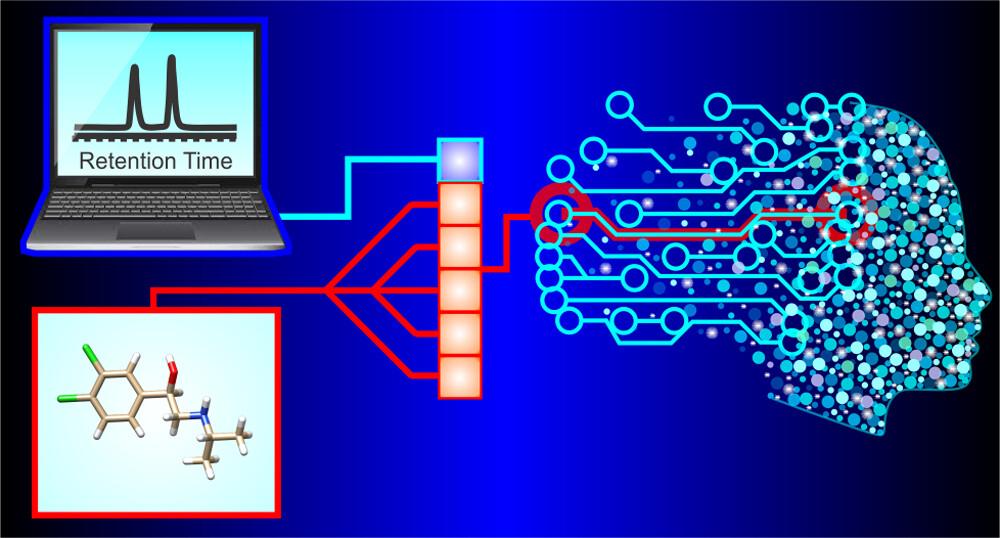
Machine learning drug evaluation using liquid chromatographic testing

Through research collaboration platform between The Hong Kong Polytechnic University and University of Waterloo, our research centre – Centre for Eye and Vision Research has established a machine learning system for predicting the physicochemical property of candidate small molecules for pharmaceuticals and drug evaluation.
An artificial intelligence cloud-based app to assess the toxicity of chemicals
• Cloud-based application – development required (3-6 months)
• Transfer learning methodology – development required (3-6 months)
• Model extension to additional properties – development required (6-12 months)
To date, when predicting molecular properties, attention has focused on employing structural features owing to the perspective that structure affects functionality and because one can quickly generate a large number of molecular features from a simple SMILES string. This approach has limited accuracy because it fails to accurately account for how molecules interact with their environment.
- Lipophilicity, as estimated using the octanol-water partition coefficient, log P, is one of the key indicators in assessing drug candidates it relates to molecular absorption, distribution, metabolism, excretion, toxicity, and potency. The present invention combines structural descriptors and experimental measurements to accurately predict log P and other physicochemical properties.
- A machine learning (ML) model is trained using a database of small molecule physicochemical properties including known lipophilicity and known retention time in a liquid chromatography column to accurately predict lipophilicity (log P).
- The ML framework developed for log P predictions can be easily extended to many other key molecular properties, such as solubility (log S) and toxicity. In addition to enabling accurate high-throughput screening of drug candidates, these models can be use to screen for environmental contaminants.
- Using artificial intelligent and big data to develop predictive models of molecular properties for pre-clinical assessment of small molecule drugs and for determining properties of environmental contaminants and toxins (potentially present in food and drink).
- The predictive models may be used as discriminators in generative adversarial networks (GANs) for automated in silico design of new synthetic targets for drug development.
- This technology can be leveraged with the use of transfer learning so that proprietary databases (e.g., internal databases of pharma companies) may be screened by a client, thereby protecting their own IP and retaining their proprietary information.
- Our primary target area are pharmaceutical companies.
- We also anticipate tremendous interests from skin care product/ cosmetics company, and herbal companies.
- There may also be interest from those concerned with environmental contamination. For example, per- and polyfluoroalkyl substances (PFAS) are a class of 9,000 environmental contaminants, for which molecular properties are known for only a few dozen members.
Project Members
- Dr. Scott Hopkins
- Dr. Allen Cheong
- Dr. Zaw Myo Win
Patent
- US Patent: USPTO 17/864,393 (2022)
The Centre for Eye and Vision Research (CEVR) is a research collaboration between The Hong Kong Polytechnic University and the University of Waterloo in Canada under the InnoHK initiative of the HKSAR Government. It is located at the Hong Kong Science Park, Shatin, Hong Kong. It is the first global hub performing ground-breaking research in five key areas Myopia and Eye Growth, Ocular Drug Discovery and Delivery, Vision Enhancement, Tear Film and Ocular Surface, and Advanced Optometric Technology. The mission of CEVR is to generate technologies to prevent vision loss in the aging population and preserve healthy vision.










